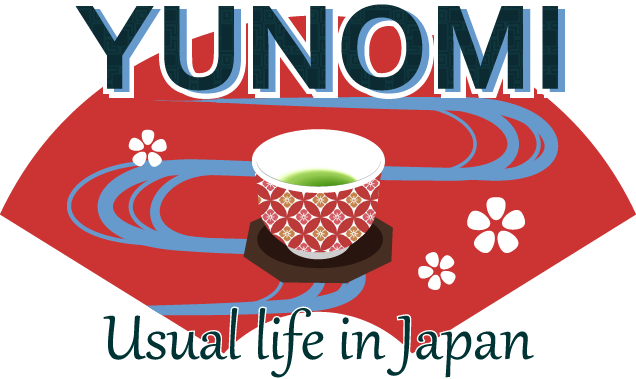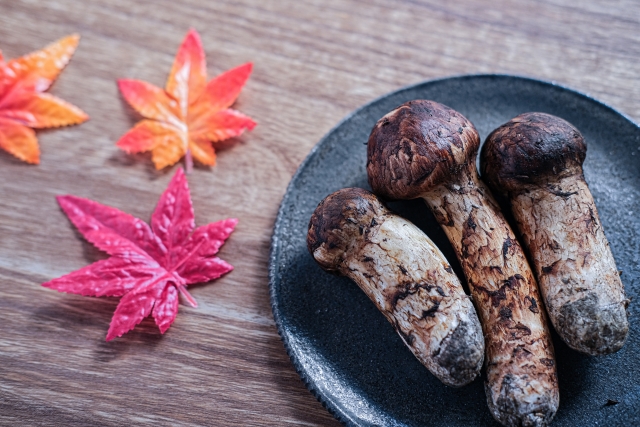Autumn in Japan brings more than just red maple leaves—
it also ushers in the season of matsutake mushrooms.
Prized for their rarity, intense aroma, and cultural significance,
matsutake are considered the ultimate fall delicacy in Japan.
Yet for many foreigners, their strong, pine-like fragrance
can be surprising or even overwhelming.
So, what exactly makes this mushroom so special—and so expensive?
1. What is Matsutake?
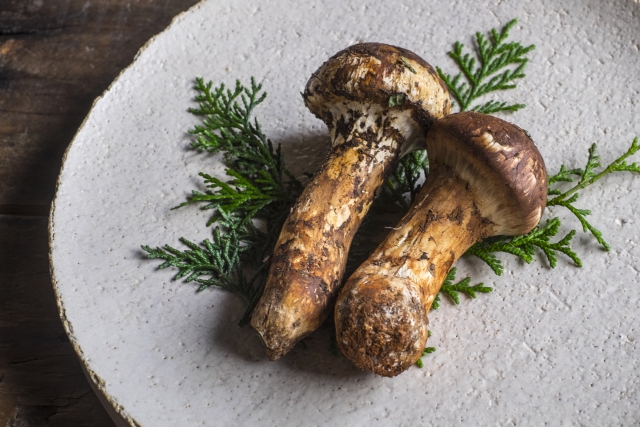
Matsutake (Tricholoma matsutake) is a wild mushroom that grows at the base of red pine trees.
Unlike farmed mushrooms such as shiitake,
matsutake cannot be cultivated easily.
They only thrive in very specific forest conditions,
which makes them rare and difficult to find.
That scarcity—plus a short harvest window—has made matsutake the ultimate symbol of Japan’s fall cuisine.
Why is it so expensive?
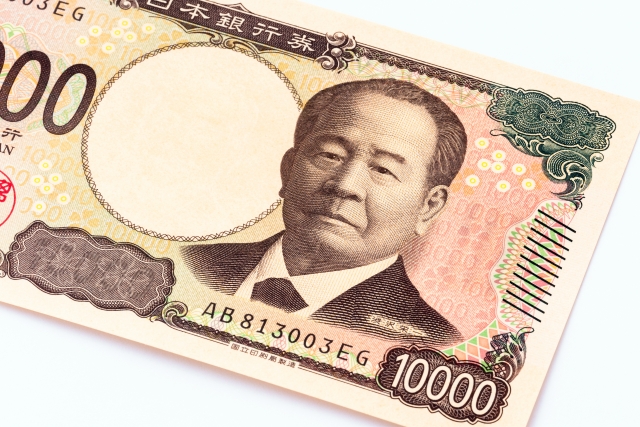
-
Natural scarcity: Suitable pine forests have been declining.
-
Short season: The harvest lasts only from September to November.
-
Cultural value: For centuries, matsutake has been a symbol of autumn luxury in Japanese cuisine.
-
Quality grading: Shape, size, firmness, and aroma drive prices dramatically.
At peak season, prices can soar to hundreds of dollars per kilogram, especially for the first harvest.
How do Japanese people eat it?
Matsutake is not about eating a large portion,
but about savoring its fragrance.
Common dishes include
Matsutake Dobin Mushi
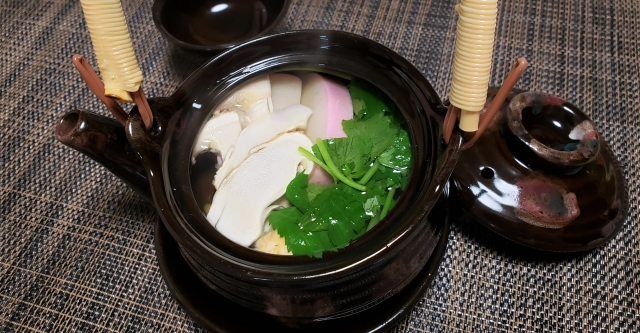
A classic autumn dish, matsutake is steamed in a teapot with shrimp, ginkgo nuts, and other seasonal ingredients.
The aromatic broth is poured into a small cup, allowing the fragrance to shine.
Matsutake Gohan
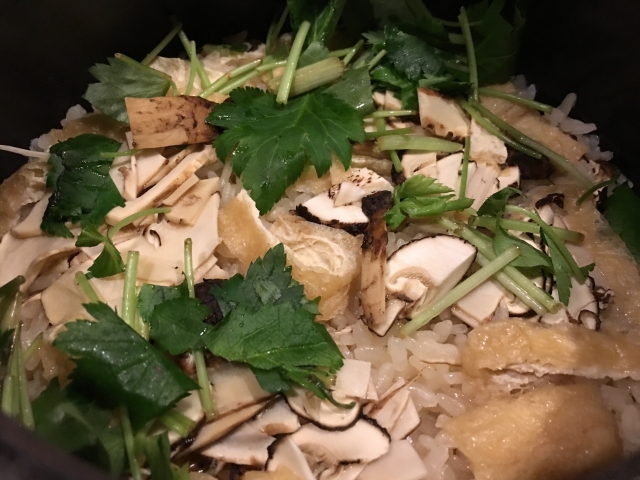
This simple but delicious dish consists of matsutake cooked with rice, letting the mushroom’s aroma infuse the grains. It’s a popular way to enjoy matsutake at home.
Grilled Matsutake
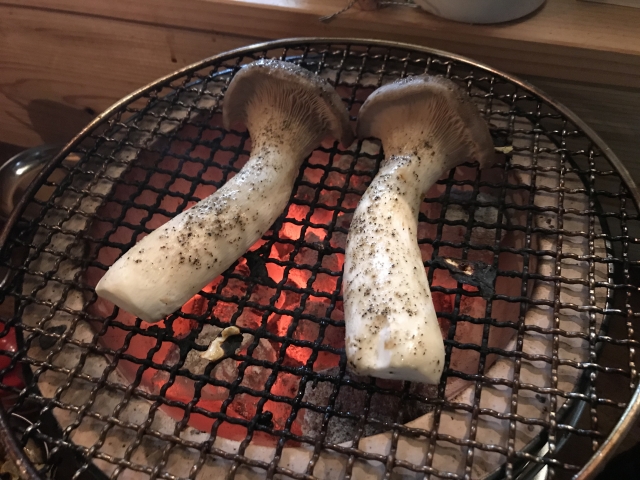
Grilling matsutake over an open flame with a splash of soy sauce and lime juice highlights its natural flavor.
What does it smell like?
Foreigners often struggle to describe matsutake’s powerful aroma.
Some say it smells like:
-
“the forest floor after rain”
-
“a mix of cinnamon and pine”
Others compare it to more unusual scents, such as “sweaty socks.”
For Japanese people, however, this unique fragrance is the very essence of autumn.
Season & availability
Matsutake are seasonal. Availability peaks in autumn,
and quality can vary by region and weather.
Early shipments often command the highest prices.
Because they are wild and fragile, freshness matters—
buy close to the source and enjoy quickly.
Would you try it?
Matsutake is more than food—
it’s a cultural experience tied deeply to Japan’s appreciation of seasonal change.
Whether you find the smell delightful or strange,
tasting matsutake is a chance to experience autumn in Japan in its purest form.
👉 If you visit Japan in the fall, would you dare to try this rare mushroom?
